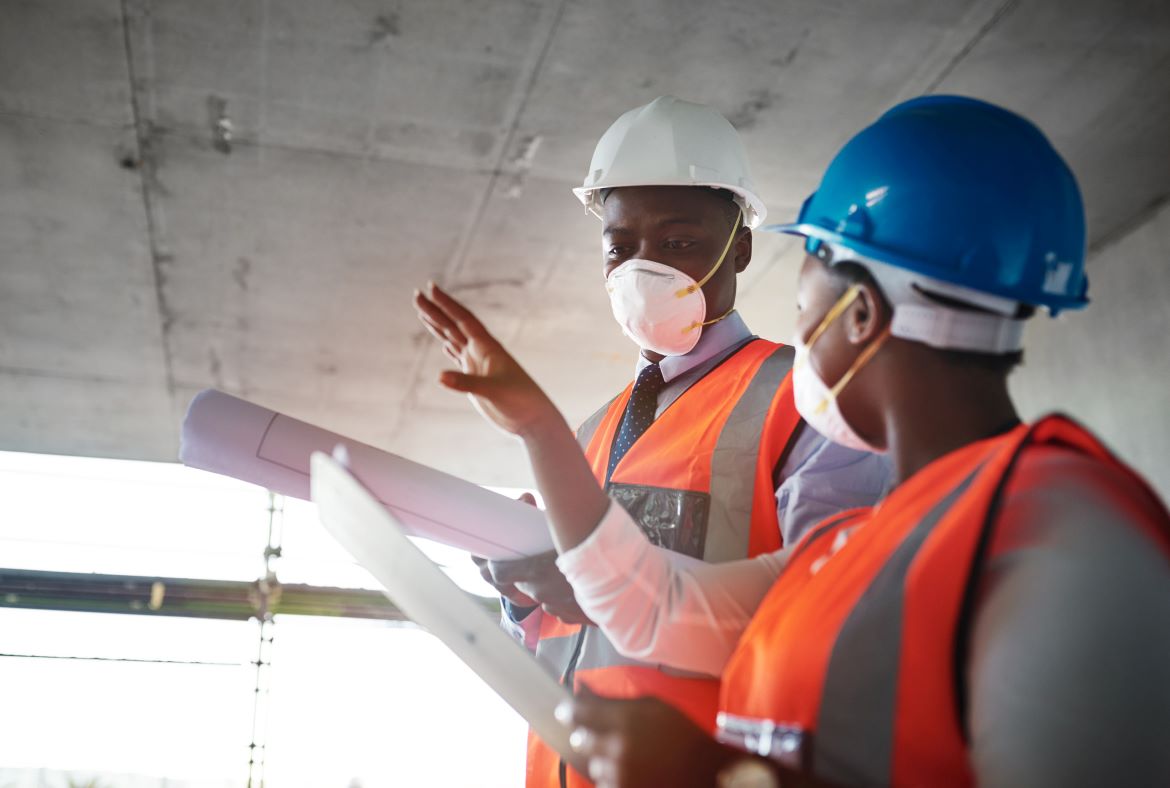Whether or not we realize it, over the last decade artificial intelligence (AI) has changed our lives in more ways than we can imagine. Today, we use AI powered platforms to find a ride, order food, search for that next forever home, shop, and even hire. The unlimited capabilities unleashed by AI are still being explored, and many industries that have been traditionally staffed via resume-scanning for full-time positions are starting to notice the disruption. With AI increasingly changing the way employers hire, it is important to understand how it can advance the way businesses across the country implement industrial hygiene protocols.
For decades, employers in highly regulated industries such as manufacturing, construction, and oil and gas felt as though the safety and compliance risks they faced were overwhelming and could only be met by a full-time EHS employee to oversee the operations. This professional was tasked with a wide range of responsibilities, all the way from safety training to incident and fatality reporting. As a result, the company’s EHS employee was expected to oversee safety and environmental compliance for several job sites or facilities, spending time and resources to be on the road. This overloaded professional was asked to be a generalist, the company’s know-it-all resource for safety, health and environmental compliance and mitigation.
Turns out the environmental, health and safety field is an umbrella that covers a growing list of critical aspects and responsibilities. And with so many expectations and time sensitive tasks, a full-time EHS professional simply cannot fulfill all the organization’s needs.
On the opposite spectrum, small companies felt as though their operations were not large enough to justify hiring a full-time EHS professional. Experienced EHS professionals are in high demand and highly compensated. Without a dedicated expert in EHS programs to keep workers safe and protect the environment, these small firms were at higher risk of exposing both lives and the environment.
That’s where AI comes in to solve a business problem. There are several upcoming AI powered business solutions for pressing challenges. HR managers and site supervisors can use these businesses to tap a deep roster of risk and EHS professionals on-demand, filtering through thousands of candidates for specific geographies and qualifications within seconds. In addition to saving time, business leaders also reduce costs, since they get the job assessed quickly and pay by gig. But perhaps the most important benefit for employers is that AI allows them to accurately find candidates with the credentials they need. AI lives up to its promise of creating a better, more economic, faster way for risk organizations.
This improves efficiency in all aspects of emergency environmental planning and execution which rely on business leaders in construction, mining, oil and gas, etc. This includes quickly finding or hiring experts to test and report on complicated and impactful projects, some of them with serious risk factors, such as spill prevention and control, asbestos testing, DOT packaging of hazardous materials, etc.
Ultimately, the economic impact unleashed by AI applied to the hiring process of industrial hygienists translates into qualitative environmental progress.



